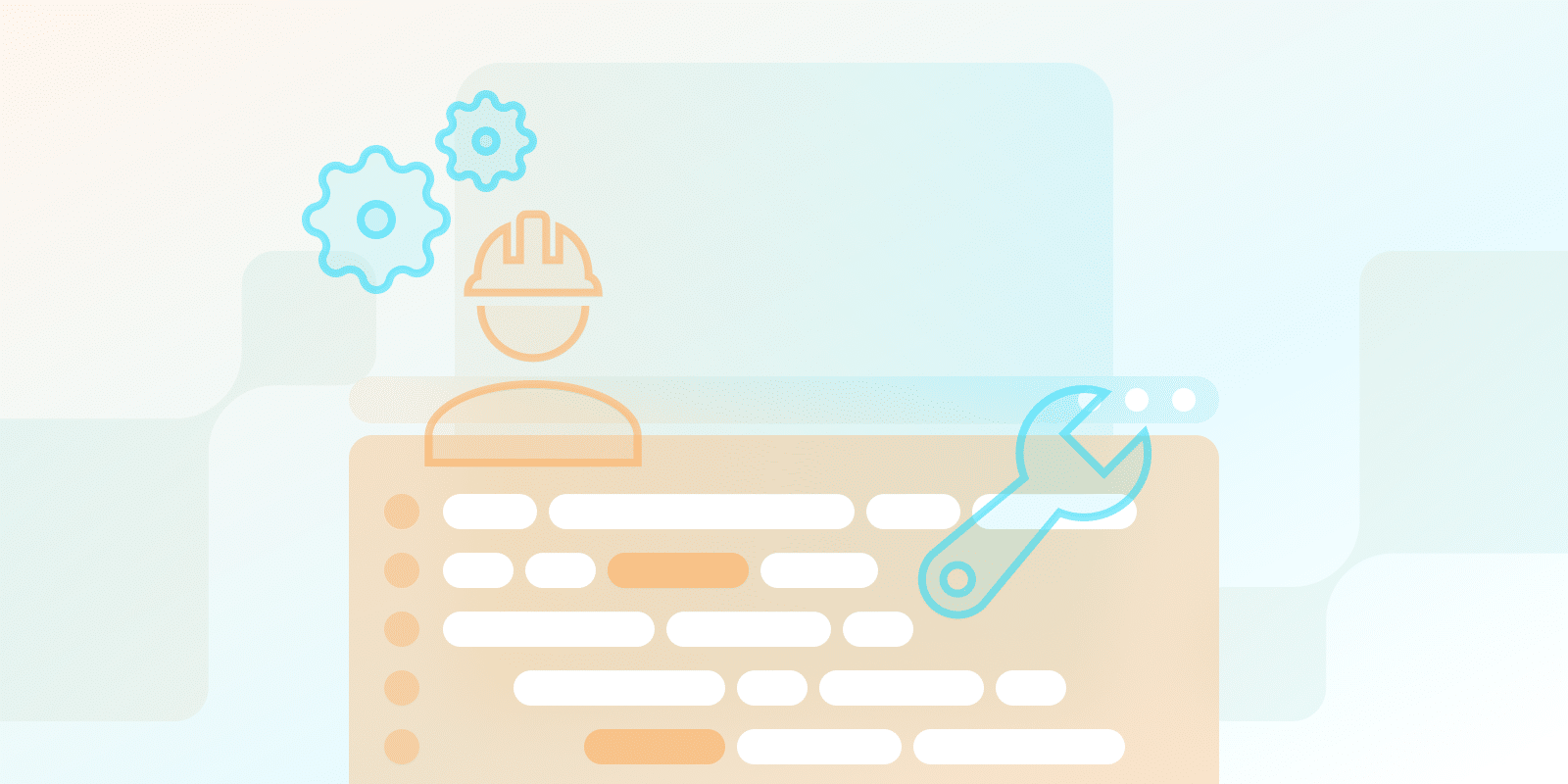Modèles de service cloud
Qu'est-ce que la plateforme en tant que service (PaaS) ?
Published: octobre 11, 2024

Qu'est-ce que la plateforme en tant que service (PaaS) ?
PaaS, ou plateforme en tant que service, est un modèle de cloud computing qui offre aux développeurs une plateforme pouvant être utilisée pour le développement d'applications sans avoir à configurer ou à maintenir des serveurs, des bases de données ou des systèmes d'exploitation.
Comment fonctionne PaaS ?
Les fournisseurs PaaS proposent une large gamme d'outils et de services fournis sur Internet, notamment des serveurs, du stockage, des réseaux et des outils de développement. Les développeurs utilisent PaaS pour créer et déployer des applications sans gérer l'infrastructure sous-jacente.
Les développeurs utilisent PaaS pour le développement d'applications au lieu de se concentrer sur l'infrastructure pour des cycles de développement plus rapides et des dépenses réduites.
Il est crucial de savoir :
- PaaS est une plateforme permettant de gérer la maintenance des serveurs, les mises à jour de sécurité ou l'équilibrage de charge afin que les développeurs puissent se concentrer sur le codage.
- PaaS est un modèle de cloud computing qui permet l'évolutivité, permettant d'ajuster les ressources à mesure que les besoins de l'application de l'utilisateur évoluent.
Quels sont quelques exemples concrets de PaaS ?
Voici quelques exemples :
- Heroku
- AWS Elastic Beanstalk
- Google App Engine
- Microsoft Azure
Les PaaS incluent des fonctionnalités et des services pour prendre en charge le développement et le déploiement d'applications. Toutes ces plateformes ont leurs avantages et leurs inconvénients. Par conséquent, vous devez choisir celle qui vous convient le mieux ou qui répond le mieux à vos besoins et à vos attentes. Les fournisseurs de PaaS incluent freemiums ou essai gratuit périodes pour tester les plateformes de l'utilisateur avant d'opter pour un forfait payant.
Quels sont les différents types de PaaS ?
Les trois types de PaaS sont :
- PaaS public
- PaaS privé
- PaaS hybride
Chaque type de PaaS possède des fonctionnalités différentes. Assurez-vous que celui que vous choisissez répond à vos besoins et à vos préférences.
- Le PaaS public est couramment utilisé et accessible avec une infrastructure et des ressources partagées.
- Le PaaS privé offre un contrôle et une sécurité améliorés, bien qu'il puisse être plus coûteux et difficile à déployer.
- Le PaaS hybride combine le PaaS public et privé pour la personnalisation.
Qui utilise le PaaS et quels sont les principaux avantages ?
Le PaaS est principalement utilisé par les développeurs et les professionnels de l'informatique.
Les principales raisons d'utiliser le PaaS sont les suivantes :
- Délai de mise sur le marché accéléré : Le PaaS est une plateforme utilisée par les développeurs pour rationaliser les processus de développement et de déploiement.
- Évolutivité : Le PaaS est un modèle d'informatique en nuage qui ajuste les ressources pour répondre à la demande.
- Rentabilité : Les utilisateurs sont facturés pour les services PaaS via des options de tarification à l'utilisation afin de réduire les coûts d'infrastructure.
- Concentration sur l'innovation : Les développeurs se concentrent sur la création d'applications plutôt que sur la gestion de l'infrastructure.
Qu'est-ce que PaaS par rapport à SaaS ?
PaaS est une plateforme sur laquelle vous pouvez créer et lancer vos propres applications, tandis que SaaS vous fournit des logiciels prêts à l'emploi à utiliser en ligne. PaaS est davantage destiné aux développeurs qui ont l'intention de programmer des applications qui répondront à leurs besoins, tandis que SaaS est destiné aux personnes qui ont besoin de logiciels qu'elles n'ont pas à installer ou à mettre à jour elles-mêmes.
Notez que :
- Des exemples de SaaS sont Salesforce, Dropbox et Slack.
- Alors que le SaaS est facilement accessible, le PaaS implique des options de personnalisation pour les individus et les organisations.
Conclusion
Le PaaS est un modèle de cloud computing pour les entreprises et les développeurs qui rationalise le développement et le déploiement d'applications. En comprenant les concepts et les fonctionnalités clés du PaaS, vous pouvez décider si c'est la bonne solution pour vos besoins.
Conclusion
Le PaaS est un modèle de cloud computing pour les entreprises et les développeurs qui rationalise le développement et le déploiement d'applications. En comprenant les concepts et les fonctionnalités clés du PaaS, vous pouvez décider si c'est la bonne solution pour vos besoins.